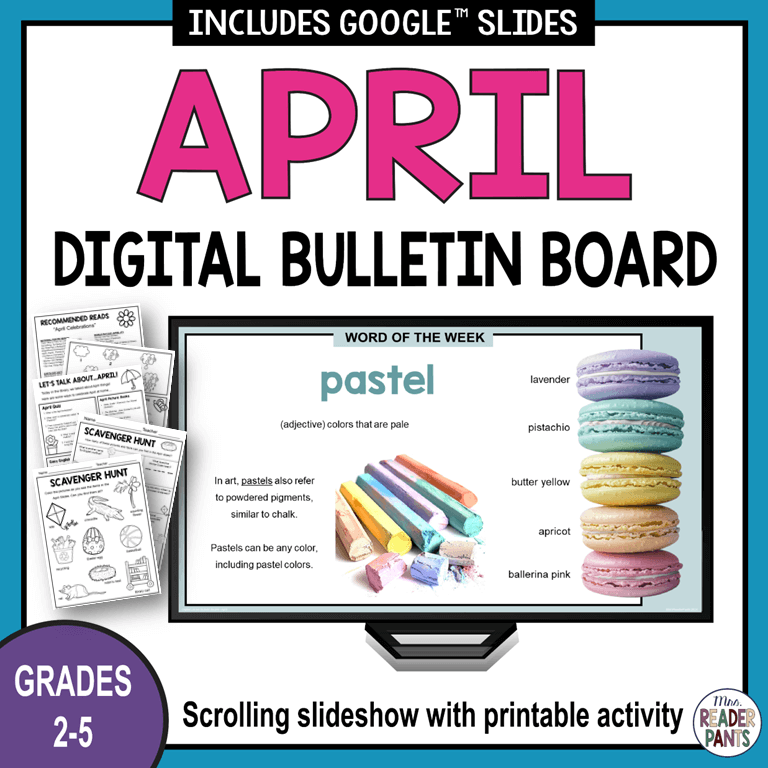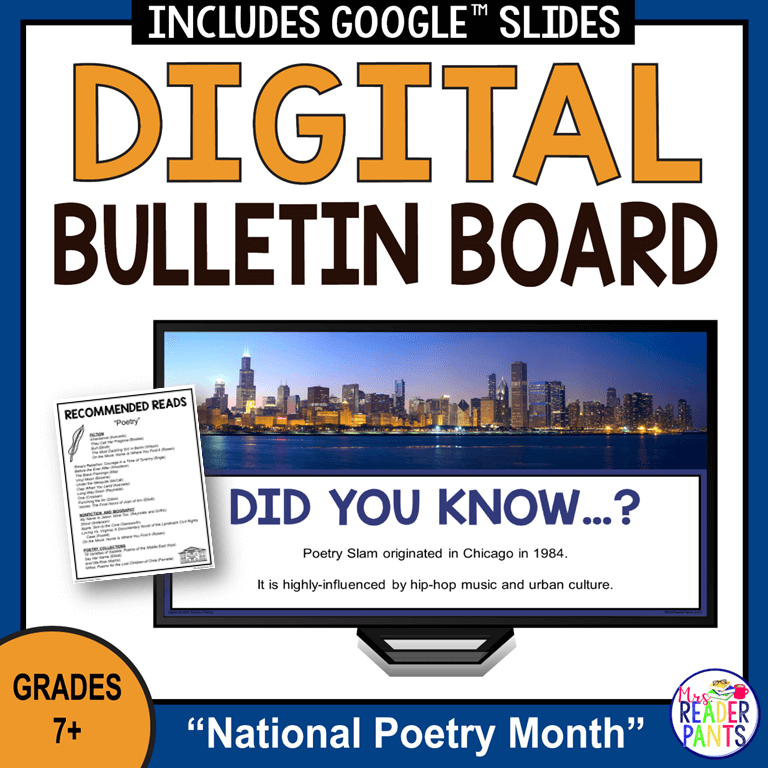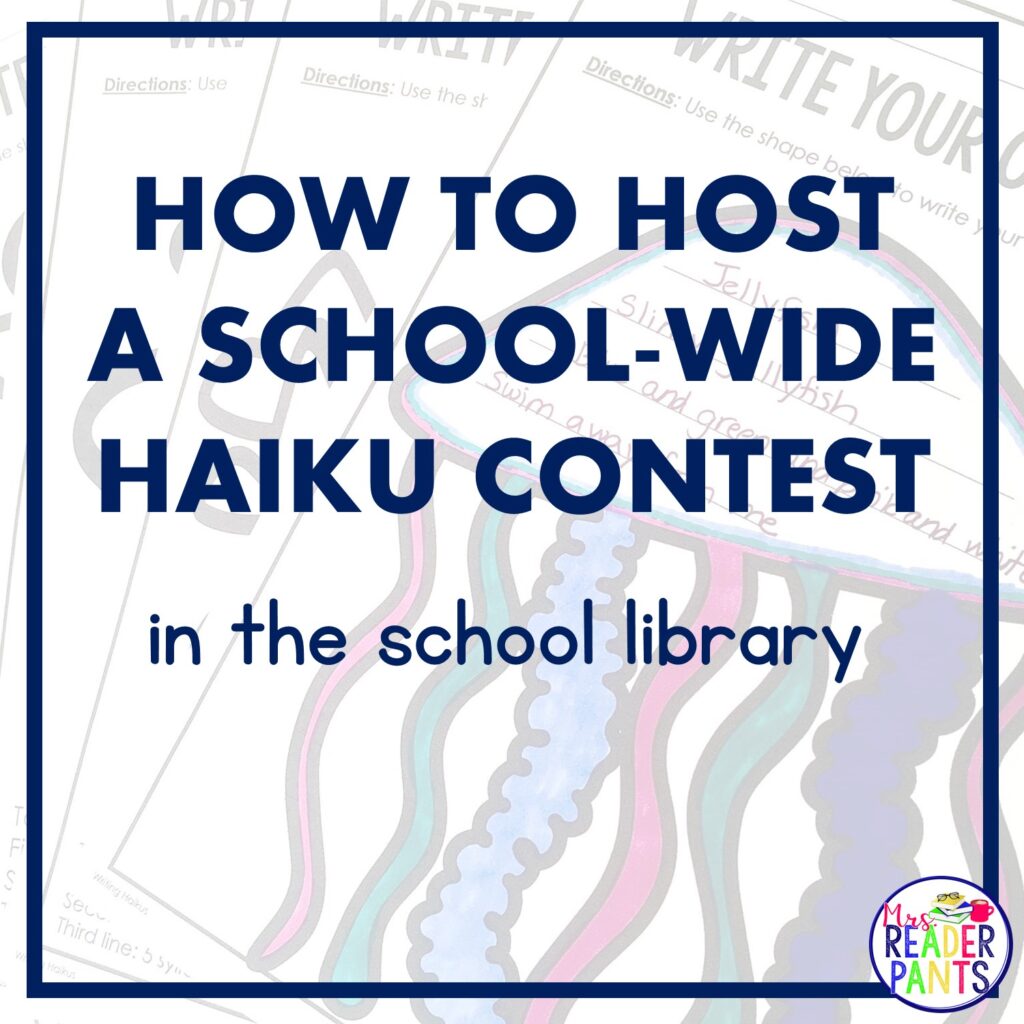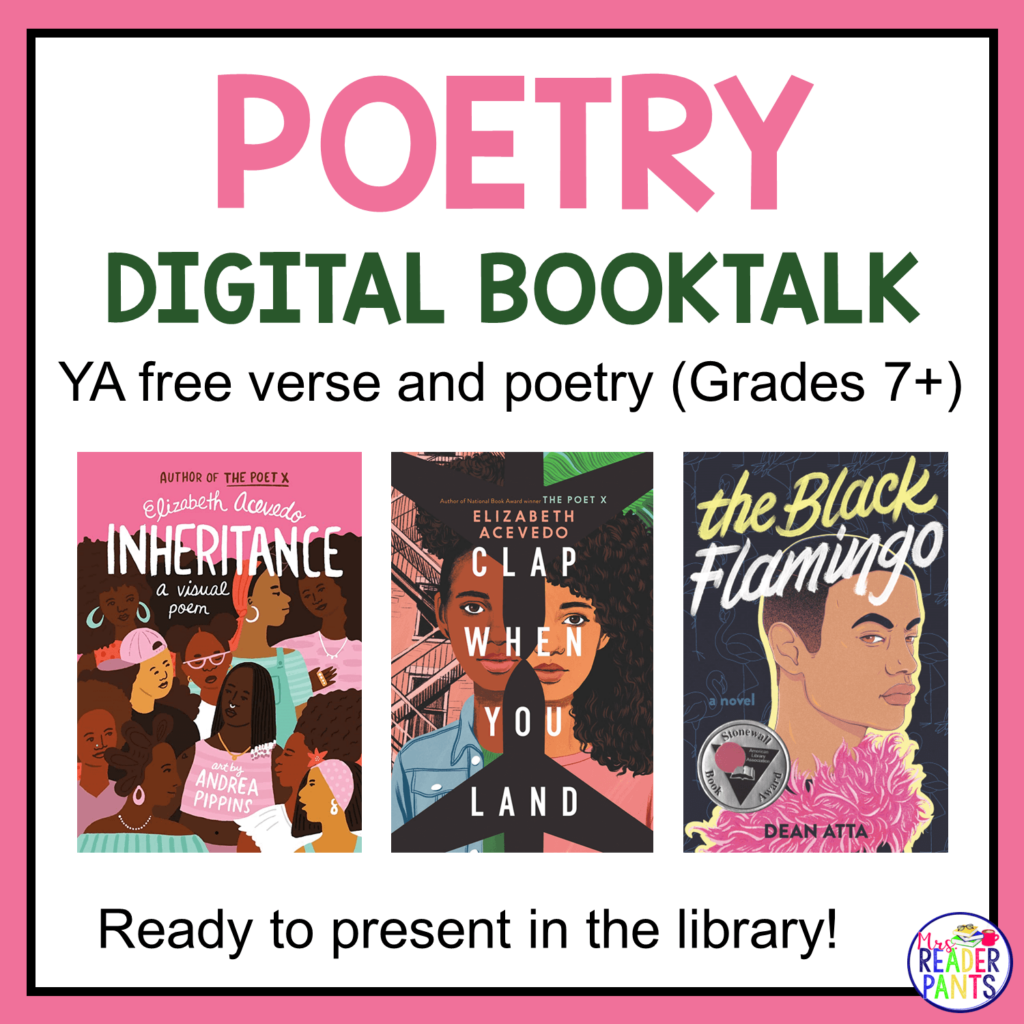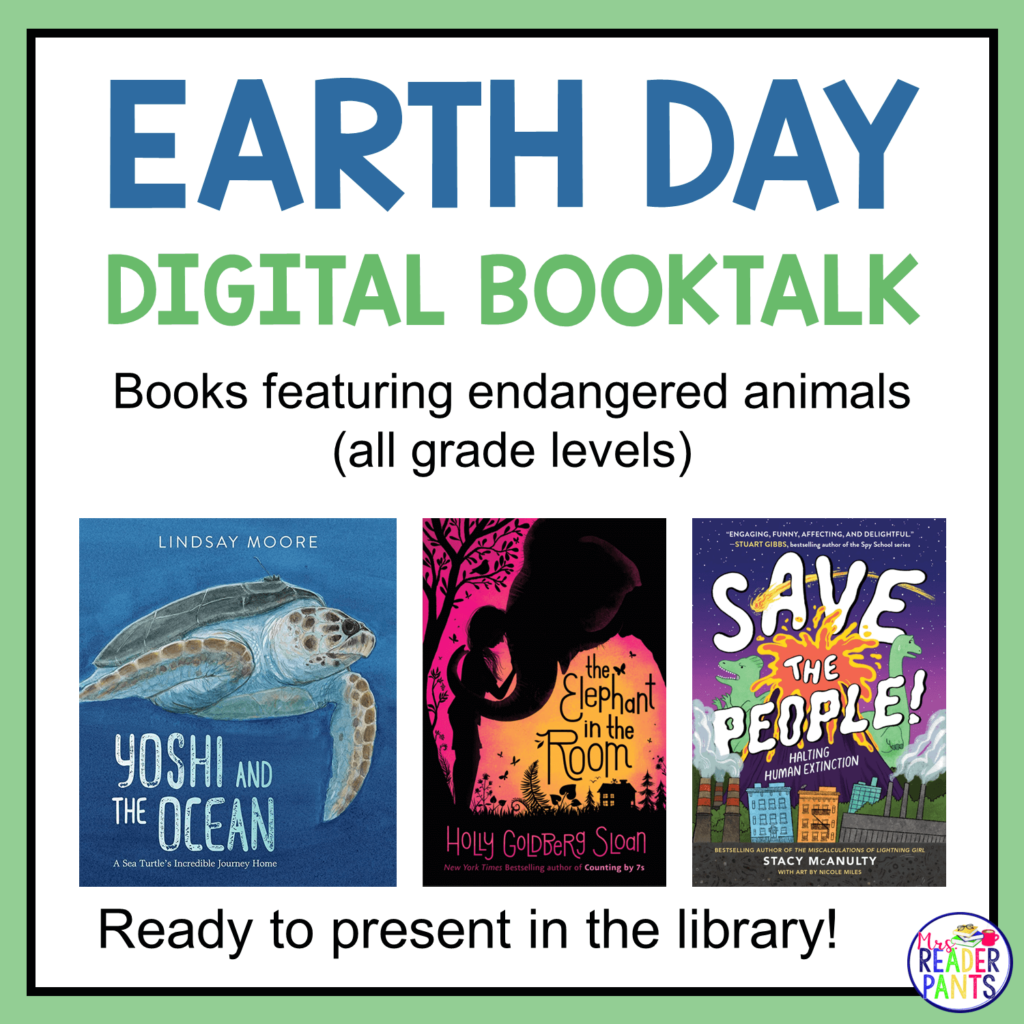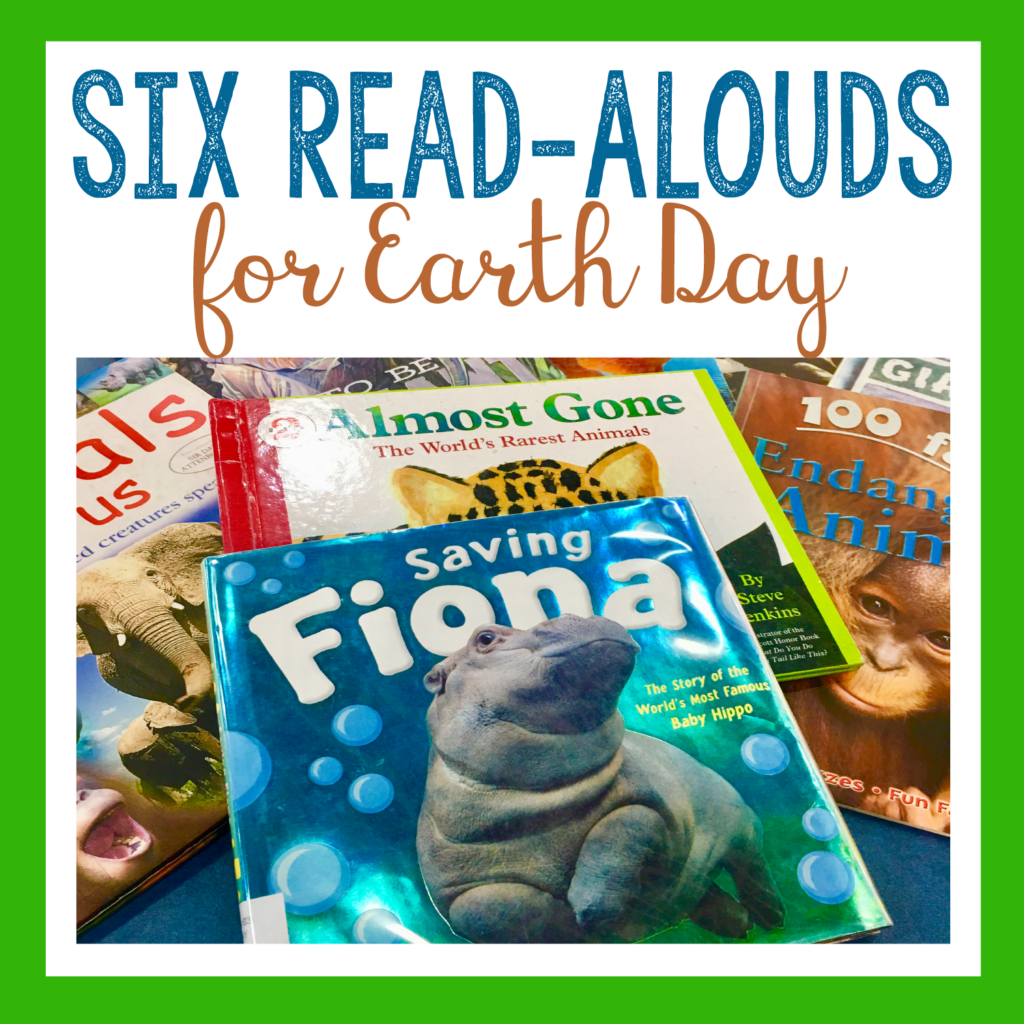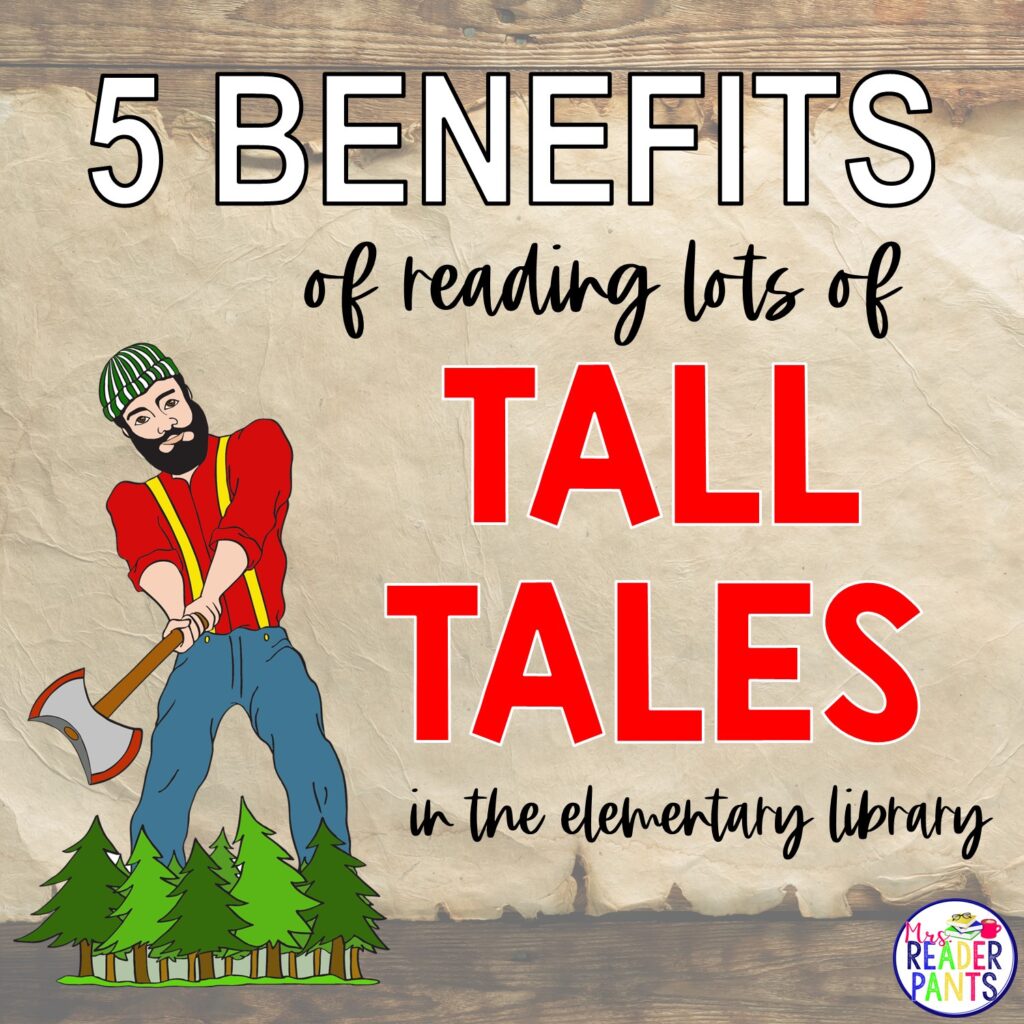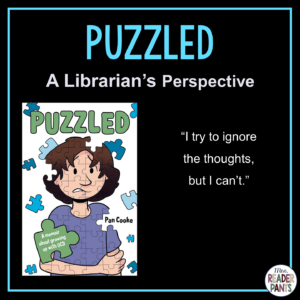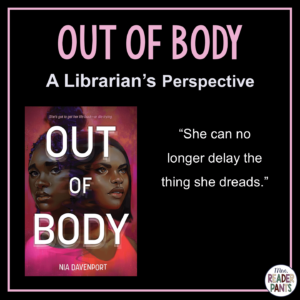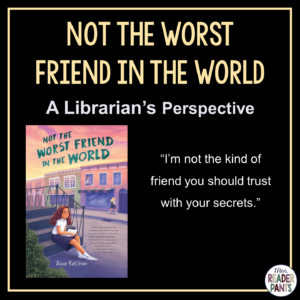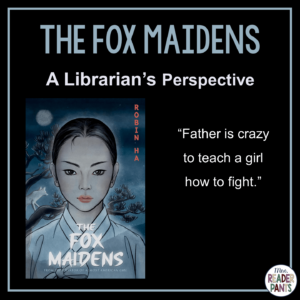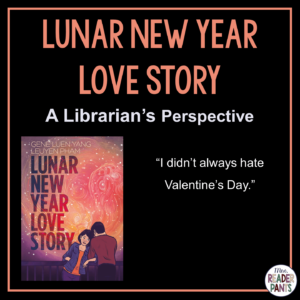But there is a story here, hidden among the dreamlike birds and giant red rabbits and colorful robots. As it turned out, I was able to come up with several ideas for English, art, library, and even…political science? Yep!!!!
 |
TITLE: Rules of Summer AUTHOR: Shaun Tan PUBLISHER: Holder Children’s Division PUBLICATION DATE: June 1, 2014 ISBN: 9781444908893 PAGES: 48, full-color illustrations |
WHAT IS IT ABOUT?
Two brothers playing in the summer. According to the younger brother, the older brother always makes up rules for whatever they are playing. Each page is a rule the younger brother learned this summer, and each illustration shows the older brother coming to the rescue when the little brother doesn’t follow the rule.
ENGLISH/WRITING:
The most obvious application for Rules of Summer is for writing. There are so many writing applications with this book! Here are a few ideas:
- First rule–“Never leave a red sock on the clothesline.”–Why not? What will happen? Where did the rabbit come from? Is he good or evil? Why are the boys hiding? Why does the older brother have his hand over the little brother’s mouth?
- Second rule–“Never eat he last olive at a party.”–Why? What will happen? What’s with all the birds? Do they represent anyone or anything?
- Third rule–“Never drop your jar.”–What’s in the jar? What will happen when the jar hits the ground? What is the older brother trying to catch with the net?
- If the little brother could make up a Rule of Summer, what would it be?
- Write your own Rules of Summer. Or Rules for School. Or Rules for Eating or Sleeping or Playing.
- What is going on when the older brother loses a fight with the birds? Why is the bird giving him a crown? Why is the little brother put in the incinerator? Why do birds come and circle the incinerator?
ENGLISH/WRITING:
This idea is one I have used with Chris Van Allsburg’s The Mysteries of Harris Burdick. It would work just as well with Rules of Summer, or the two books could be paired together for variety.
 |
Write-around lesson. Students are split into groups of four, with all four of their desks moved together and touching in the middle. Each student has nothing on his or her desk except a piece of paper and a pen or pencil. Give each group a poster from the Mysteries of Harris Burdick Portfolio Edition, which for me is the best-kept secret of teaching with picture books. These oversized pictures from the books include the captions and make it easier for the students to see their pictures and study them in detail. |
Students have three minutes to write a story about what is going on in their poster. After three minutes, they rotate their papers to the person on their right, then continue that person’s story on that person’s paper. At the end of four rotations (12 minutes), the group has four very short stories about their illustration.
This is a great way to quickly emphasize the concepts of hooking the reader and wrapping up the story in the last 3-minute rotation. Allow each group to select their favorite story to share with the class, along with their poster. You could extend the activity by using the stories to teach the writing process. Students could take their group stories and individually extend, edit, and revise them in class over several days. How different do the stories end up after students work on them individually for a few days?
LIBRARY, ENGLISH:
Use to introduce the magical realism genre. Magical realism is really difficult to teach, and I have found my students understand it better when I read or show them different examples. I tell them that magical realism is just that: it’s set in our realistic world, but it has just a touch of magic. It’s not enough magic to call it fantasy, but it isn’t exactly realistic, either.
Five-minute video about magical realism genre, its characteristics, and its history in art, literature, and film. This video is awesome for middle school! Seriously, take a few minutes to watch it. It’s professional, visual, and chock-full of cool information about magical realism.
Below is a booktalk presentation about the magical realism genre that includes 10 upper-middle and high school magical realism books. This presentation is downloadable from SlideShare, so you can edit it to include the books you have. I did try to represent newer titles (past 5 years) that have been popular in my library.
ENGLISH, POLITICAL SCIENCE, SOCIAL STUDIES
Use to discuss the importance of context. There is a blurb on the front dust jacket that is incredibly important to understand the story. Read the book aloud one time through without mentioning or reading the blurb. Ask the students what it’s about, what’s going on in the story. They will probably say it’s weird and doesn’t make sense.
Next, go back and read the blurb aloud. Read through the story again. How has the meaning changed? Does it make more sense now? Can you relate to the brothers’ relationship? How has the blurb given context to the meaning of the story?
POLITICAL SCIENCE, SOCIAL STUDIES, HUMANITIES, SOCIOLOGY:
Use to discuss manipulation of context. You could take the context discussion above a step further by finding a news article or speech about a political figure. I found the example below, taken from a 2014 speech by President Obama in Belgium on March 26, 2014. The speech was edited and spread online, and it successfully made it look like Obama said:
“And for the international order that we have worked for generations to build, ordinary men and women are too small-minded to govern their own affairs, that order and progress can only come when individuals surrender their rights to an all-powerful sovereign.”
This article examines the edited clip and its origins and contains a written transcript of the portion of the speech in question. The article is from Politifact, an award-winning branch of the Tampa Bay Times founded to fact-check statements made by members of Congress, the White House, and lobbyists. Read the Wikipedia article about Politifact here.
Snopes article about this same speech and the edited version
Here’s the YouTube clip that circulated at the time:
The actual speech, when you listen to the entire clip, you will hear that Obama is not saying this at all. Below is a full video of the speech, and the clip in question starts at at about 2:00 into the video and continue to about 4:27. If students listen to the first five minutes of the speech, they will see where it was edited in the first clip.
More examples of manipulated context from MSNBC. This article lists political ads that take speeches and statements out of context. This article itself is a bit politically-slanted (it’s from The Rachel Maddow blog), leaving out any reference to the DNC taking speeches out of context, but it’s a good start for other examples.
ART:
Use to introduce Rene Magritte. The video below is only 5-minutes and is from CBS This Morning. It’s a perfect short introduction to Magritte and magical realism.
ART, LIBRARY, ENGLISH:
Use to teach art technique or the writing process. The video below is from Shaun Tan, the author/illustrator of Rules of Summer. He discusses his process in creating a specific illustration in the book (“Never be late for a parade”) and how he got the ideas for the picture. He also talks about how, though the story is not autobiographical, he identifies better with the younger boy in the story and drew from his relationship with his own older brother as inspiration.
Shaun Tan on why he used rules to structure his images. Specifically discusses the red rabbit scene titled “Never leave a red sock on the clothesline.”

